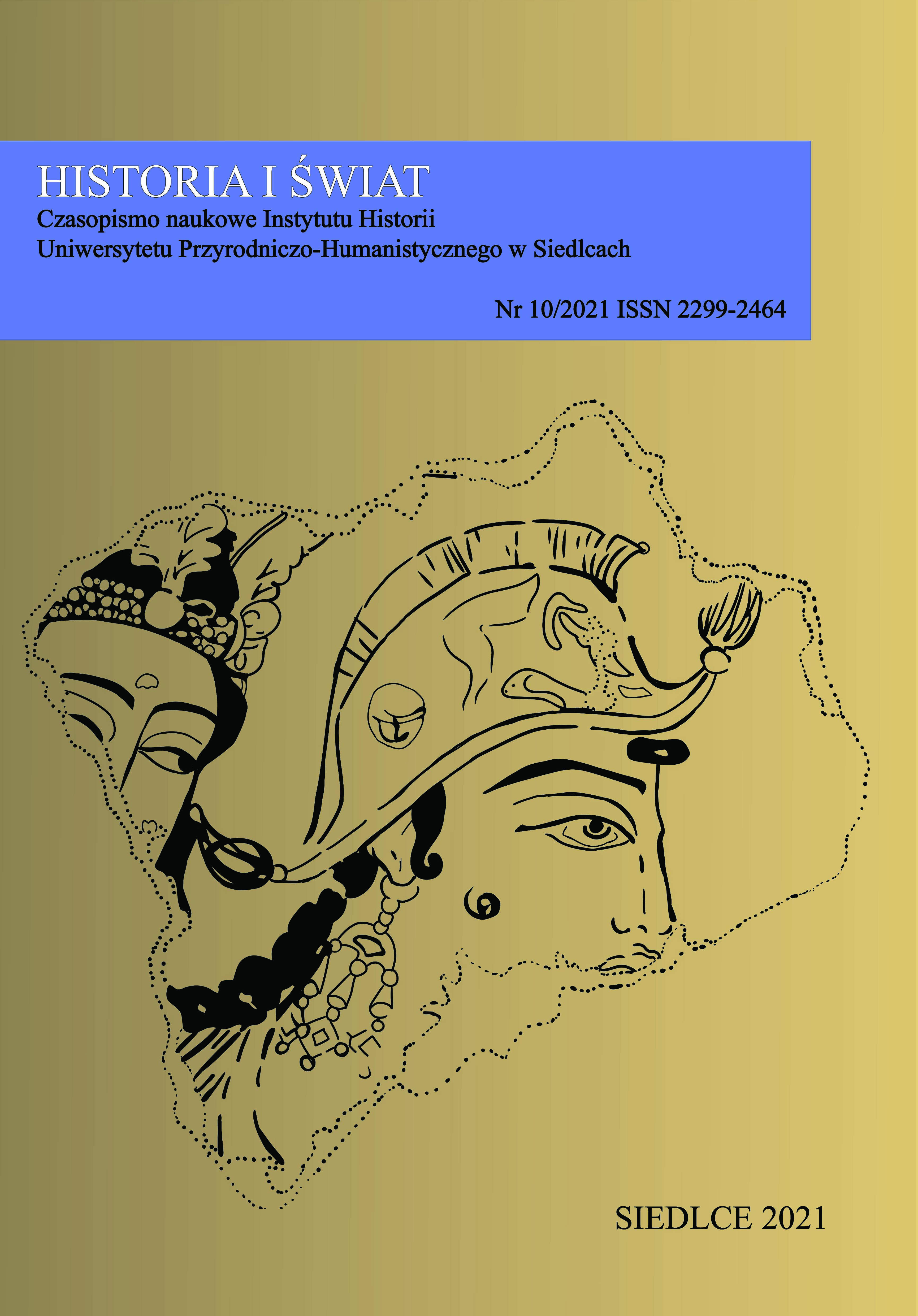The bow as an insignia of power in the art of ancient Iran
The bow as an insignia of power in the art of ancient Iran
Author(s): Patryk SKUPNIEWICZSubject(s): History, Archaeology, Cultural history, Ethnohistory, History of ideas, Military history, Ancient World
Published by: Instytut Historii UwS
Keywords: Ancient Iranian art; Iranian royal insignia; Bows; Mesopotamian iconography; Iranian kingship
Summary/Abstract: This article presents the iconographic concept of the bow as an insignia in ancient Iran of the imperial era. The primary source of the bow’s association with the depiction of royal power is Mesopotamian iconography, where the bow is shown in the hands of kings without any connection to the act of shooting itself. The model of depicting a ruler with a bow resting on his foot, developed in the Neo-Assyrian period, was entirely adopted by imperial Achaemenid iconography. Another aspect expressing the association of the bow with royal power is the habit of depicting, in the Mesopotamian tradition, shooting kings without quivers. Iranian art of the Parthian and Sasanid periods, on the other hand, adopted the quiver as a sign of status from the nomadic steppe tradition, but one can nevertheless see in Sasanid iconography relics of the functioning of the bow as an insignia in the Mesopotamian sense.
Journal: Historia i Świat
- Issue Year: 2021
- Issue No: 10
- Page Range: 153-170
- Page Count: 18
- Language: English

